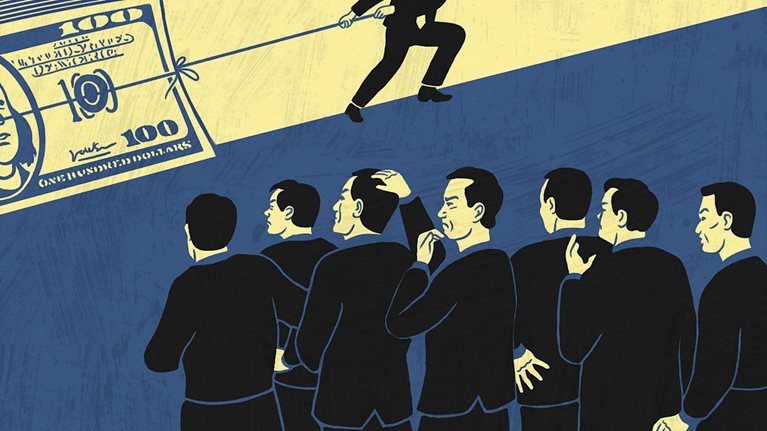Goodwill impairments are, by definition, an acknowledgment that companies have made poor investment decisions. Writing down goodwill allows companies to move on—often taking actions to improve performance that would have been difficult without formally acknowledging the impairment. And although many executives fear that any write-down announcement will automatically cause their company’s share price to tumble, a negative reaction is by no means certain.
Some cases in point: share prices jumped nearly 10 percent when Boston Scientific announced a $2.7 billion write-down associated with its 2006 acquisition of Guidant. They rose almost 8 percent when U.S. Steel announced a goodwill impairment charge of $1.8 billion with its third-quarter earnings last year.
In fact, our research finds that investors often perceive such moves to be good news—as long as they already knew or suspected that an acquisition was underperforming. They applaud management for admitting as much and taking actions to improve the performance of the company. In Boston Scientific’s case, investors largely expected the impairment, and the company was already building a cost structure in line with its growth profile and benefiting from robust free cash flow to service its debt. In U.S. Steel’s case, investors again expected the impairment and were also cheered by the news of a cost-cutting initiative that the new CEO laid out in detail as part of the impairment announcement.
How often does a company’s share price go up, rather than down, following a write-down? Among 99 write-downs of at least $2 billion by US-based companies from 2007 to 2011, the range of reactions was broad, and investors did react negatively about half the time. But the rest of the time, they either reacted positively or were largely neutral (exhibit). The trend is similar among the 15 largest goodwill impairments by European companies from 2010 to 2012. In this sample, in fact, only one analyst report issued after one announcement even commented on the size of the impairment. Analysts did, however, comment strongly on indications of how the company would move forward—changes in signaled or explicit revisions in forward earnings guidance, the outlook for the market and business units, and any management actions or plans to address changing conditions.
Investors often respond positively—or neutrally—when companies announce a goodwill write-down.

The lesson for companies that need to write down goodwill assets is to be as candid with investors as possible about the nature of the impairment and plans for the future. Abstract plans with loosely defined goals may leave the problem unresolved in the minds of investors and could cause the negative share-price reaction that companies wish to avoid. Executives should also record as much of the impairment or restructuring charges as possible in a single announcement. Delivering a lot of bad news all at once to investors tends to work better than spooning out smaller bits of bad news over and over again. Tell the whole story, and then confidently repeat it over time—along with the cost savings and margin figures quoted in the initial impairment announcement.


